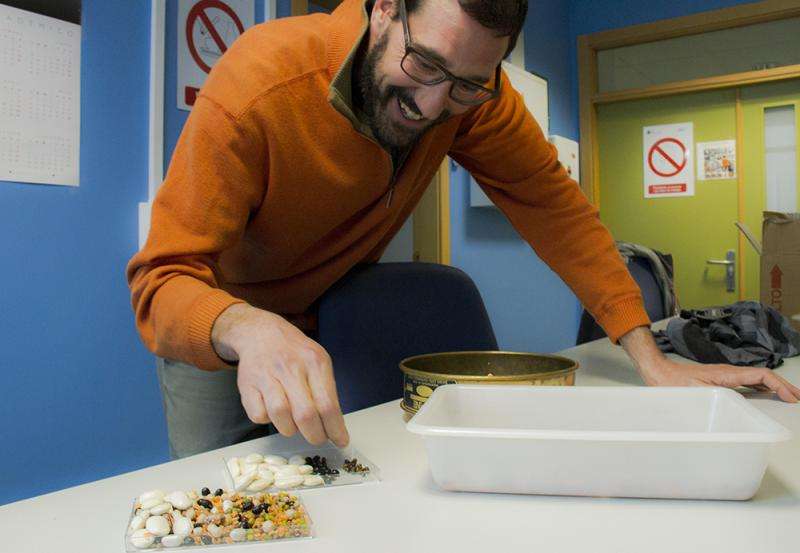Scientists propose 'universal laws' on the size and biology of plant seeds

Researchers at the University of Granada (UGR) have discovered that different types of seeds allow plants to adapt to environmental cycles as they evolve.
These scientists thus proposed, for the first time, "universal laws" on seed size and biology, showing, through mathematical models and an exhaustive data analysis of 500 plant species, that the global distribution of dormancy and seed size follow a predictable pattern that depends on climate oscillations.
Rafael Rubio de Casas, researcher from the Department of Ecology at the University of Granada, is the main author of this work which was published in the journal, New Phytologist.
Many plant seeds have a property called dormancy which allows them to stay in the soil for long periods of time without germinating. The UGR researcher pointed out that these types of seeds are more abundant in temperate zones than tropical ones. Likewise, seeds in high latitude zones tend to be smaller. According to Rubio de Casas, the reasons for these patterns are not clear.
Seeds encapsulate mechanisms which allow plants to synchronize their growth with more favorable periods. The results of this study showed that smaller dormant seeds, which are able to remain in the soil longer without being detected and wait to germinate at the beginning of the favorable season, better adapt to environments with short growing seasons.
On the other hand, Rubio noted, larger seeds better adapt to areas where germination and growing conditions are favorable year-round, as they are able to germinate immediately and produce more robust seedlings.
The UGR researcher concluded that, thanks to the data obtained from this study, they will be able to make predictions on plants that will occupy different habitats and even determine which plants will better adapt to a particular environment.
More information: Rafael Rubio de Casas et al. Global biogeography of seed dormancy is determined by seasonality and seed size: a case study in the legumes, New Phytologist (2017). DOI: 10.1111/nph.14498
Journal information: New Phytologist
Provided by University of Granada



















